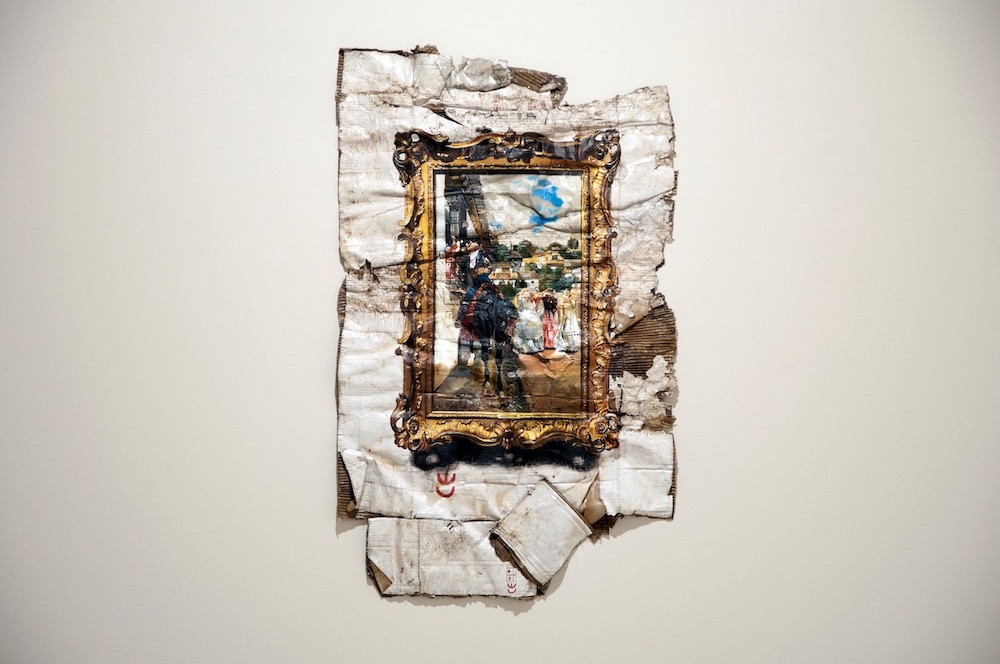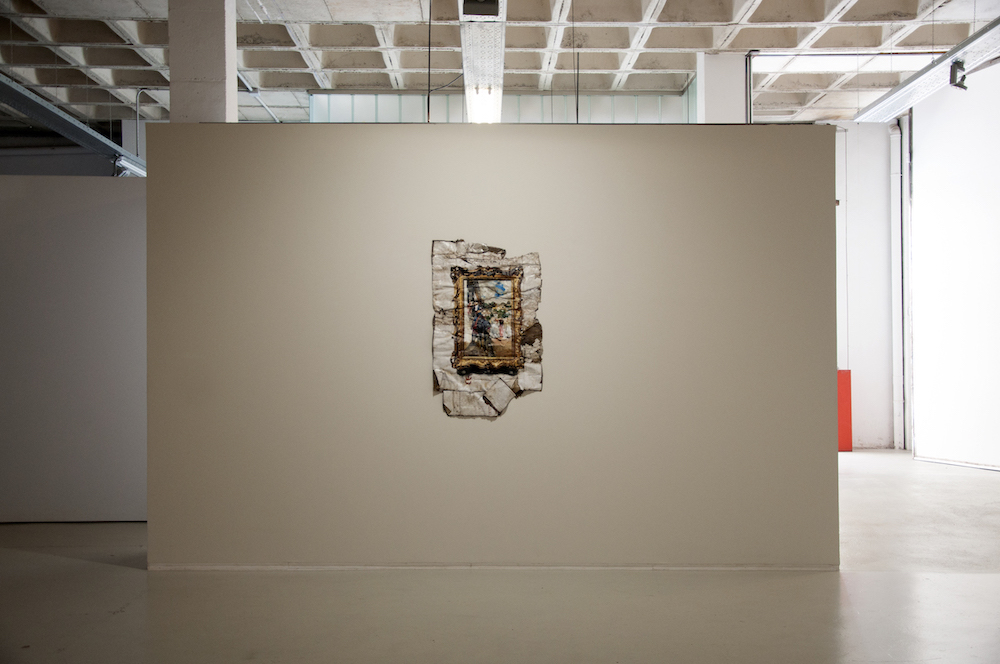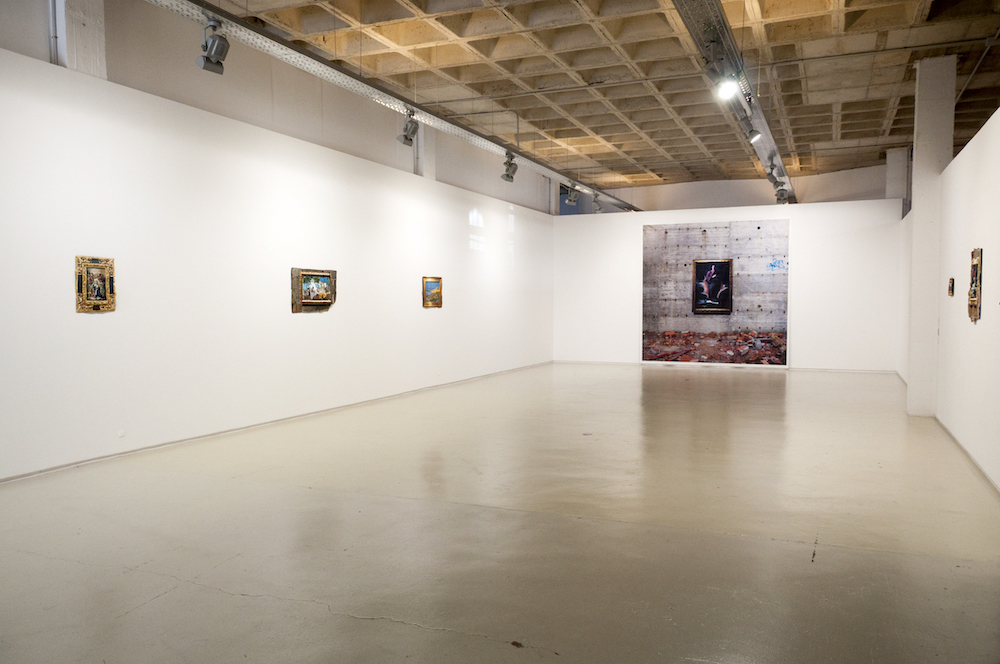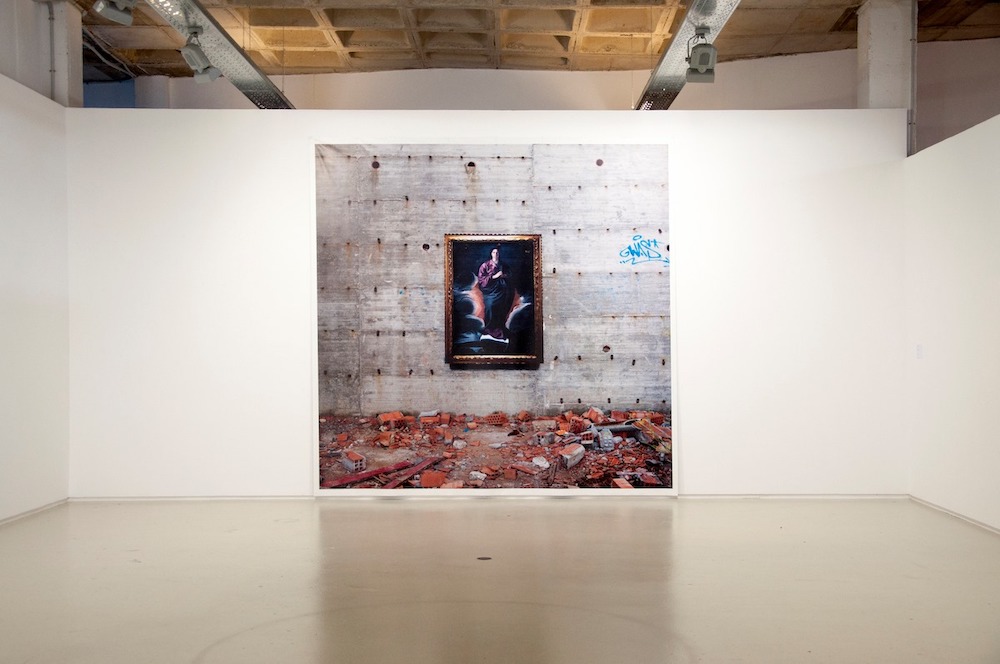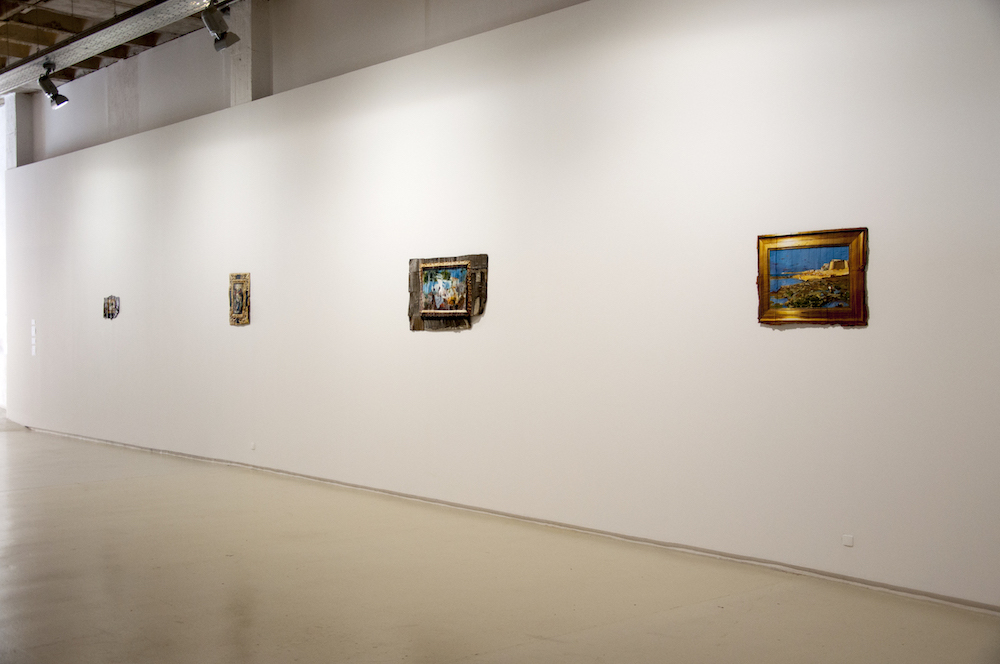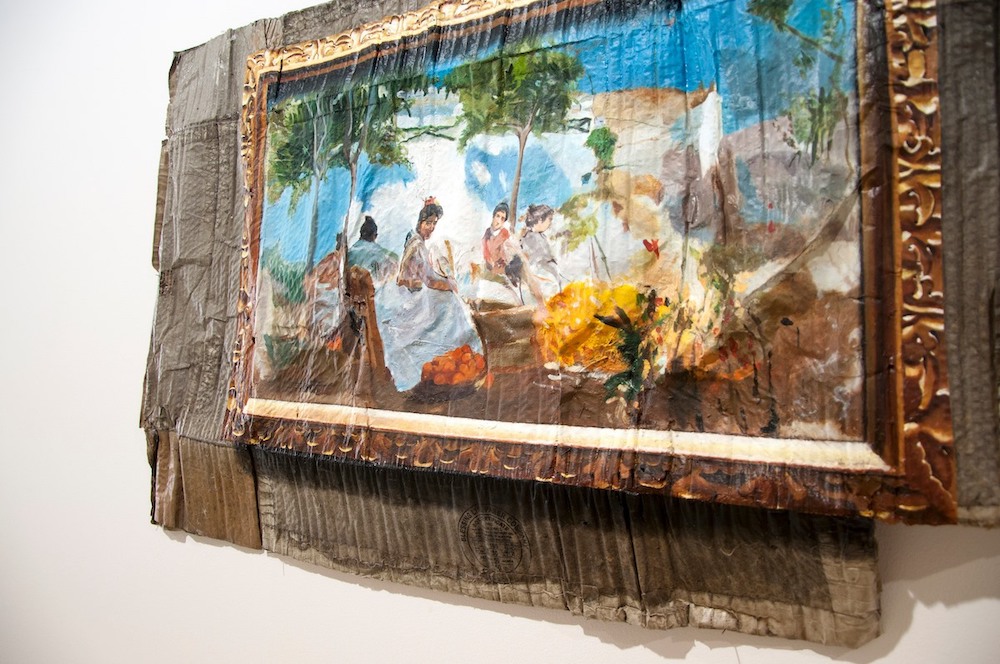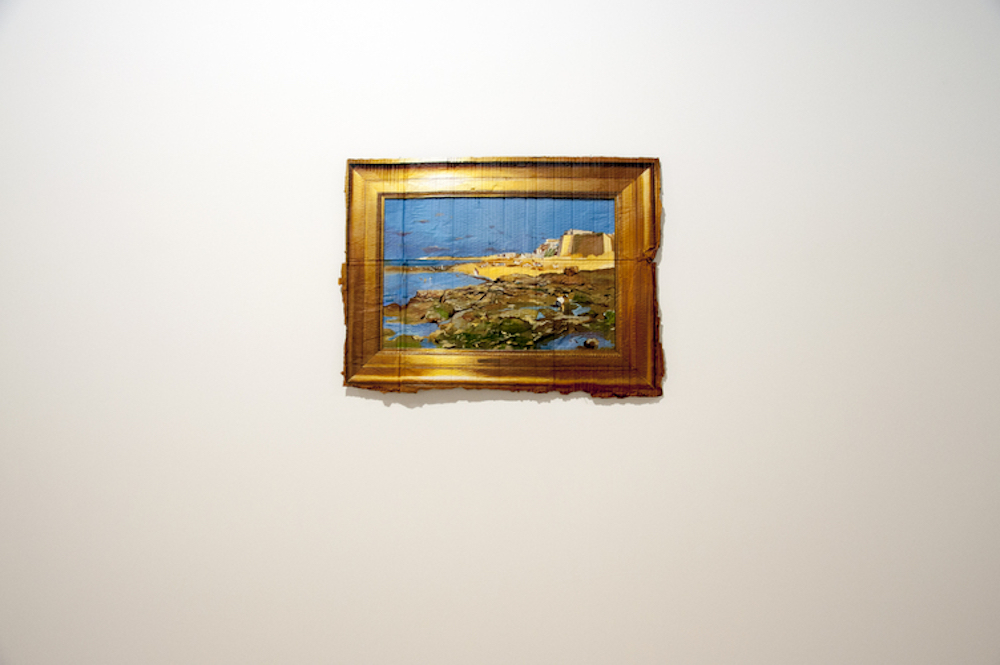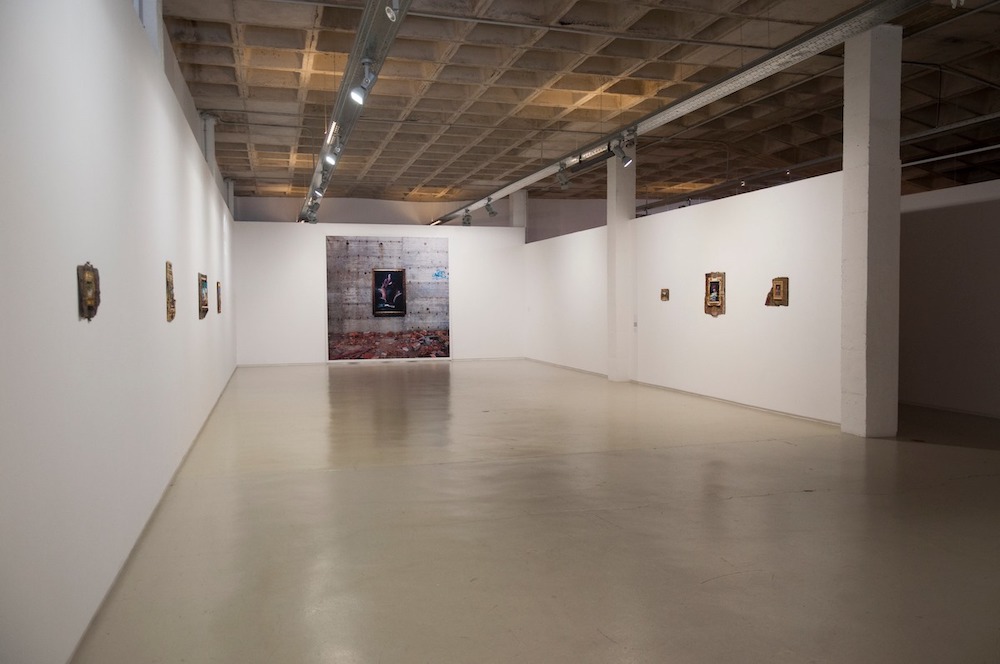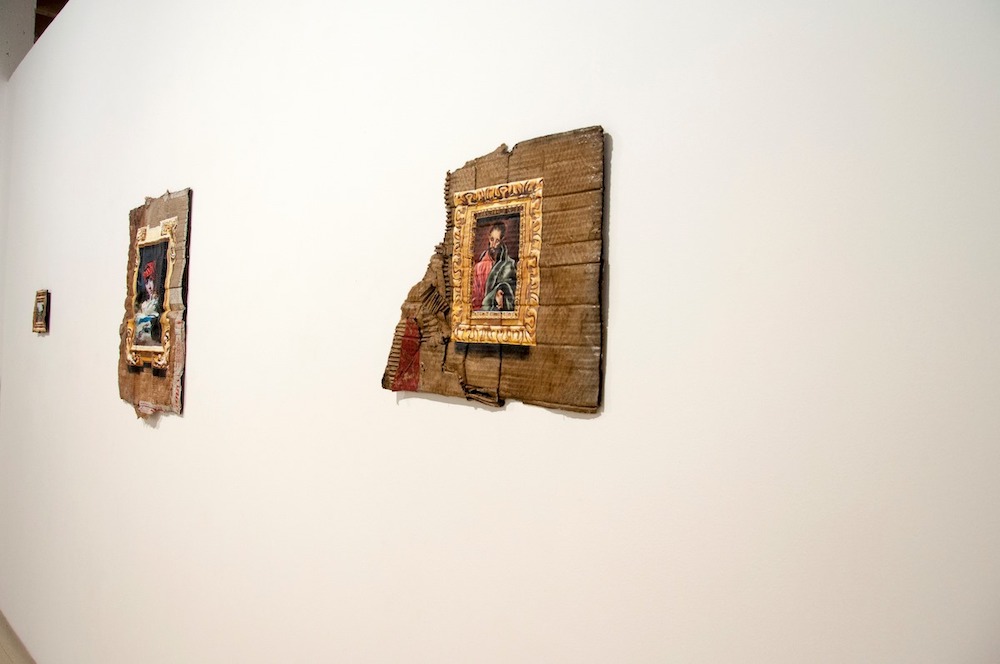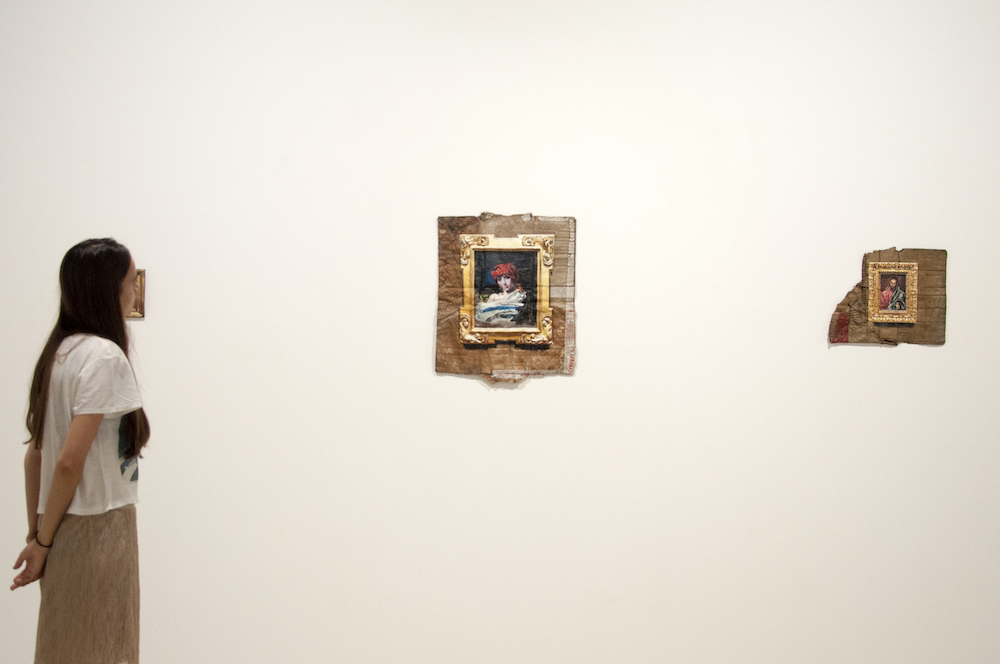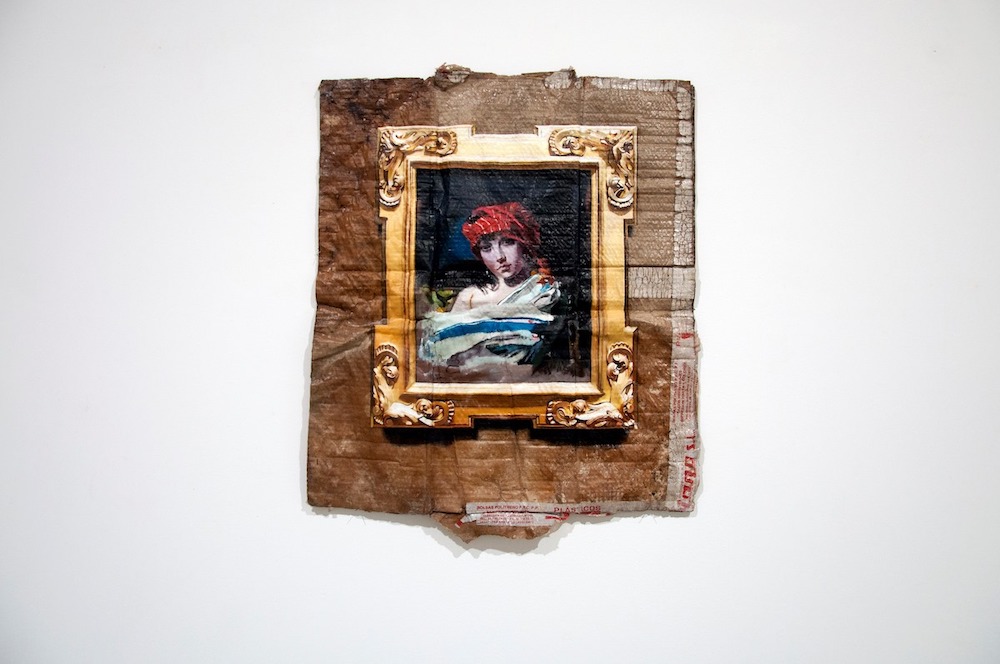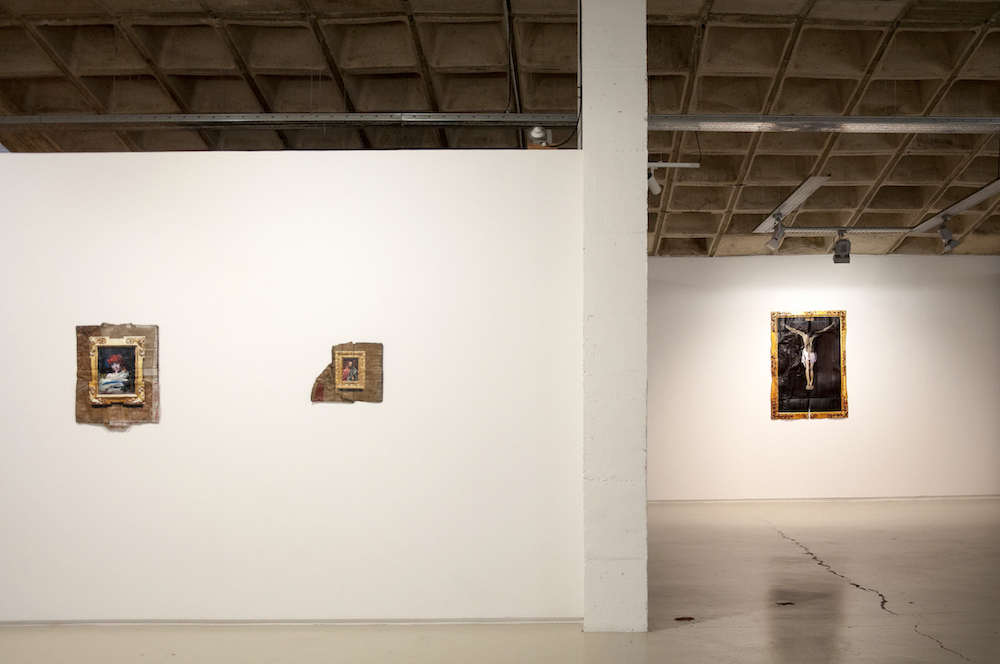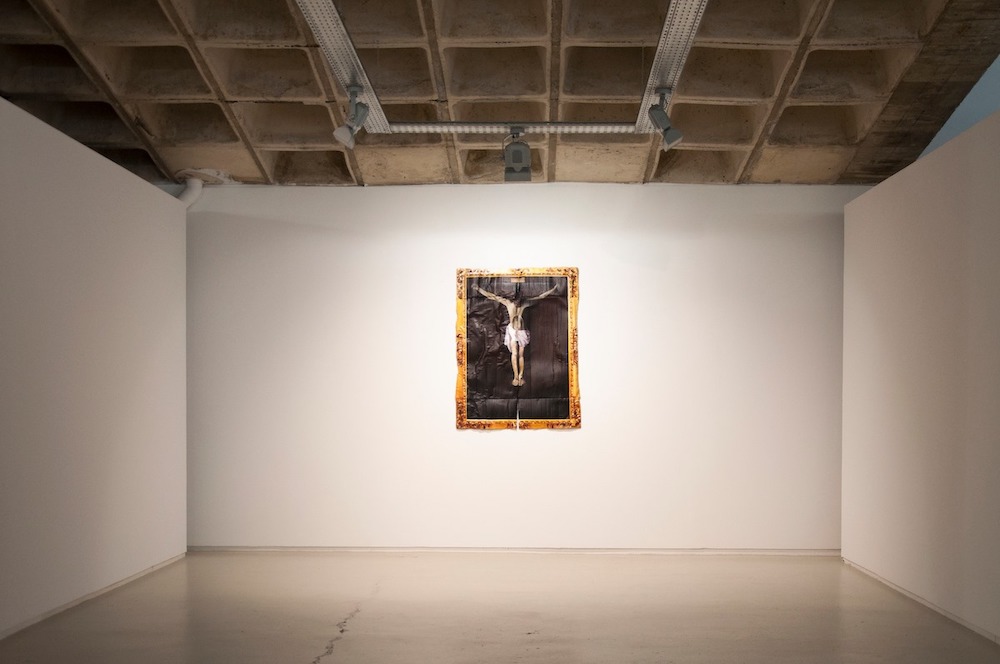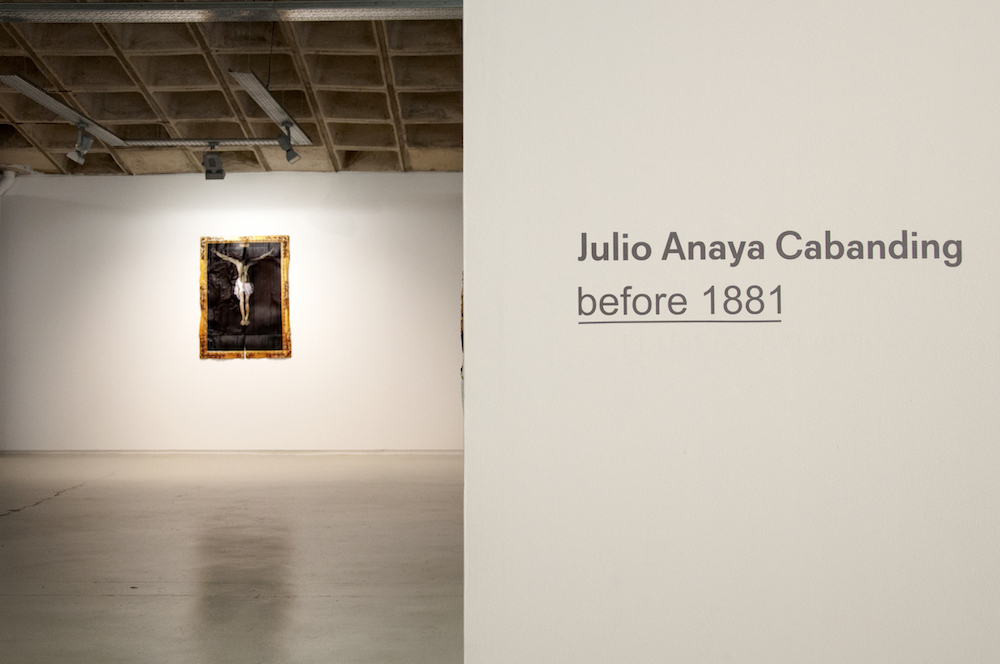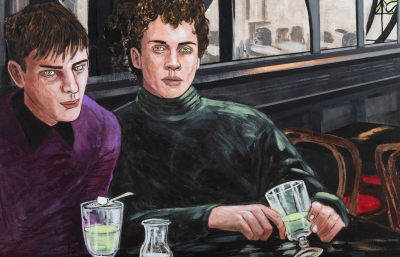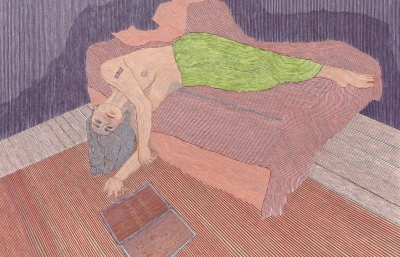After successful shows in Italy and The Netherlands in 2019 and a Spanish solo debut in Valencia earlier this year, Julio Anaya Cabanding recently opened his first solo show with Yusto Giner Gallery in Marbella, just outside his hometown of Malaga. Motivated by the opportunity to present his work on "home turf", after the first wave of COVID that slammed Spain strong, the artist decided to create Before 1881, an exhibition celebrating the vibrant cultural heritage and legacy of the coastal city. Gathering poetic documentation that captures influences that shaped his creative practice and interest, the presentation is sort of a visual dictionary that comprises the sights and spirit of Malaga such as religious imagery, Holy Week, coastal imagery, the figure of ‘the bandit’, and, of course, flamenco.
Inspired by the exhibit, Picasso’s South. Andalusian References, which took place in the Picasso Museum in Malaga in 2018, Before 1881 highlights art history references that exist beyond the work of the city's most famous artist. "While I was visiting the section of Baroque painting with the images of Virgins and Christs, I was looking at tourists watching the exhibition and thinking, 'what image would they have of the Malagueña tradition prior to the figure of Pablo Picasso'," explaining how the selection of works came together. "I imagined a romantic, candid, and a bit nostalgic world where the themes of traditional painting, the landscape of Malaga along with religious painting are the protagonists, so I looked in the museums of Malaga for these paintings." As an overview of personally and generally significant works connected to the region Cabanding was raised at, the selection of works include references to the work of artists like Murillo, Goya, Velázquez, Zurbaran, as well as representations by artists of Picasso’s era. Along with pictorial interventions on cardboard, a concept that Malaga-based artist has been continuously experimenting with, the exhibition includes a large print of one of his public space interventions, created on an abandoned site in the city.
For this exhibition, Cabanding pushed his concept of constructing a Trompe l'oeil illusion on found cardboard by utilizing the whole surface of the discarded material to recreate the classical work. "Completely painted cardboard was something I had wanted to do for a long time. I was interested in painting the entire surface because even though you can't 'see' the cardboard (the margin) when you look closely, you see the deteriorated surface, the wrinkles, and damage. I think that the perception of such interventions is different, because the viewer sees the painting first, and then, the strange things about it. I like that." 
With such a resourceful method, he widens the dialogue about the aesthetic worth of fine art by "re-making" it on a literal piece of trash. Successfully capturing the beauty and timelessness of a common and overlooked medium, the artist questions the way we experience art, especially those deemed to be priceless, museum-grade works. By recreating them on found materials and in abandoned spaces, he liberates and rejuvenates the works, bringing them back home to everyday people who have been historically distanced from an elitist world of fine art. —Sasha Bogojev



